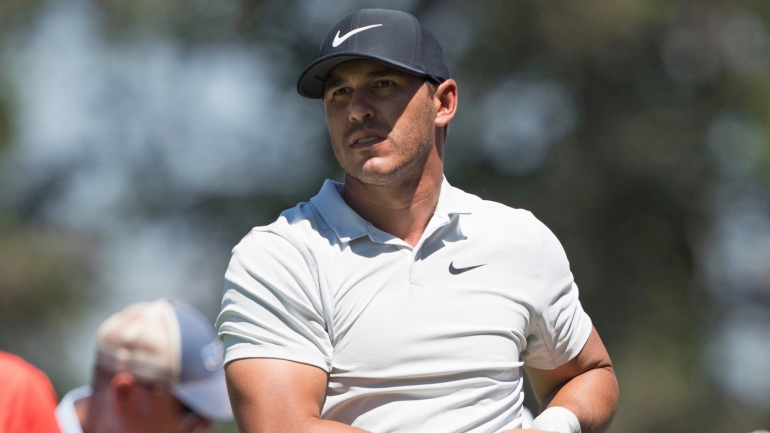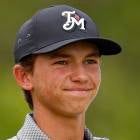
As the PGA Tour winds down its last two fall events, it's time to take a look back at a few things we've learned. We have yet to see Tiger Woods this season, but the fall has still been an exciting six-tournament stretch full of big name winners, great finishes and young, budding stars breaking through for the first time.
This part of the calendar year is akin to the first few games of a NFL or college football season. It should be taken with caution and not necessarily applied too far into the future. However, I do think we've learned five things this fall.
1. Getting younger (and more American?): In keeping with the theme of the 2017-18 PGA Tour season, the average age of the seven winners on the PGA Tour this fall is 29.4. Six of the seven winners have been Americans, and all of them have been 30 or younger (except for Matt Kuchar). It might seem obvious that younger players win fall events, but this time last year the average winning age was 33.6. That's scary. Winning on the PGA Tour is hard, and it doesn't appear to be getting any easier.
2. Justin Rose is the most consistent top player: I realize he's only played one PGA Tour event, but I have to throw the No. 1 player in the world in here. His three starts worldwide have all been top 10s, and he won for the second consecutive year at the Turkish Airlines Open. It caps off what has been a hilariously good calendar year for Rose, who has finished in the top 10 a ridiculous 14 times in 21 starts worldwide. That comes after he did it 15 times in 25 starts in 2017. A deserving No. 1 player in the world.
3. Brooks Koepka can win a non-major! Koepka took the CJ Cup in South Korea to pull his non-major total (2) within one of his major total (3). It had been since his first PGA Tour win (the 2015 Phoenix Open), you know, three majors ago, that Koepka had taken a regular tournament, and he took this one decisively.
He also briefly took over the No. 1 spot in the world (and will again be there when the rankings come out next week). Still, this interview was revealing about why he performs better (and is maybe more focused) at major championships than at CJ Cups.
"If you look at it just on stats -- three majors, okay, well Jordan Spieth has three majors," Koepka told Golf.com. "But then there's a big difference [in how we're perceived]? ... I know he's won more regular Tour events, but at the end of the day, at the end of anybody's career, I'm not saying the PGA Tour events don't matter, but the first thing you look at is majors. When you say, 'How many wins does Jack Nicklaus have,' you're not gonna tell how many PGA Tour events he's had. You're going to go right to the majors.
4. Pool of stars increases: This is mostly anecdotal, but it seems as if the pool of stars in golf is increasing. Maybe it's just because more big names played (and contended!) in the Shriners Hospitals for Children Open, or maybe it's just because more big names exist than before. Guys with one win (like Tony Finau and Patrick Cantlay) have become semi-household names among those who follow golf closely.
Maybe I'm too close it, or maybe we're just closer to all players in general (which helps create the illusion of stardom), but when you compare the board at the Shriners to the one as recently as 2016 when Smylie Kaufman beat a collection of players including Jason Bohn, Patton Kizzire, Alex Cjeka, Brett Stegmaier, Kevin Na and Cameron Tringale by one stroke, well, it's really a pretty interesting shift.
5. Things change quickly: A chart.
| Date | Jordan Spieth | Tiger Woods |
|---|---|---|
Nov. 25, 2017 | No. 2 in the world | No. 1,199 |
Jan. 1, 2018 | No. 2 | No. 656 |
| Nov. 7, 2018 | No. 14 | No. 13 |
This is mostly because Tiger Woods is playing (and playing well) again, but it is also worth mentioning that both Woods and Phil Mickelson have wins since Spieth last won at the 2017 Open. I remain convinced that Spieth is an all-time great, but the best part of this game is that he has to go out and prove it over and over and over again.





















